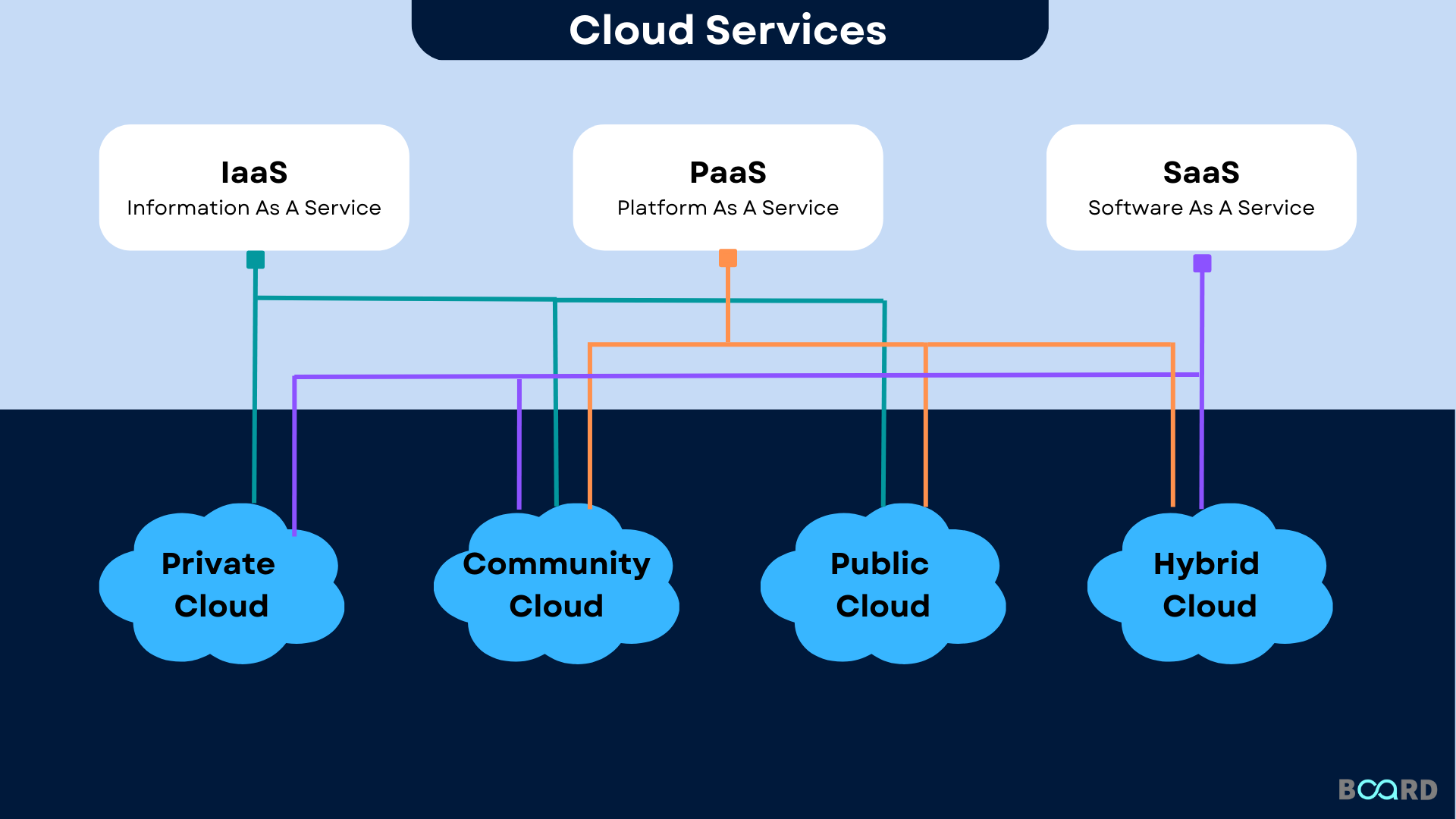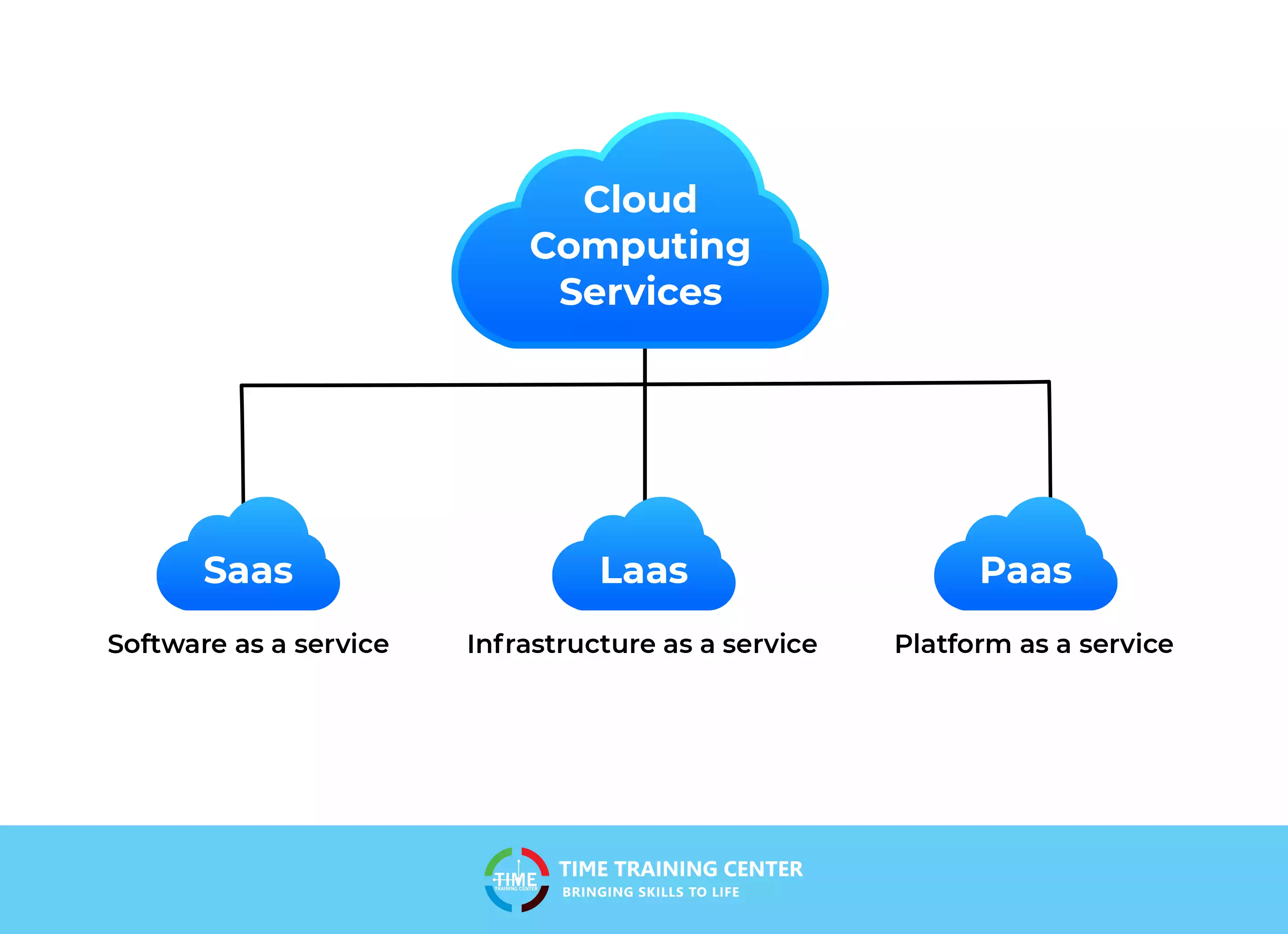Checking Out Universal Cloud Service Perks: Streamlined Solutions for All Requirements
Transform Your IT Facilities With Cloud Solutions
In today's busy service landscape, the role of IT framework can not be undervalued. Welcoming cloud solutions uses companies a myriad of benefits, from raised flexibility to enhanced cooperation. However, the trip to transforming your IT infrastructure is not without its obstacles. As modern technology remains to progress, staying in advance of the curve and making informed decisions concerning cloud remedies is extremely important. The essential hinge on comprehending just how cloud solutions can improve your company's IT landscape and drive technology.
Advantages of Cloud Provider
Leveraging cloud services uses organizations a scalable and economical solution for managing their IT facilities. One of the essential benefits of cloud services is the versatility they offer. Organizations can conveniently scale their resources up or down based upon their current demands, enabling effective resource appropriation. This scalability also enables companies to rapidly adjust to altering market conditions without the need for significant upfront investments in hardware or framework.

Furthermore, cloud solutions promote partnership and remote work by supplying staff members with accessibility to data and applications from anywhere with a net connection. This availability increases productivity and enables for smooth partnership amongst staff member, regardless of their physical location. Generally, the advantages of cloud solutions are large, making them an attractive choice for companies looking to modernize their IT infrastructure.

Movement Strategies
To efficiently transition to cloud solutions, organizations need to carefully carry out and plan movement techniques that line up with their organization purposes and IT requirements. The initial step in this procedure is to carry out an extensive analysis of the existing IT infrastructure to determine which applications and information can be migrated to the cloud. Organizations must prioritize work based on variables such as safety requirements, performance demands, and compliance laws.
When the analysis is complete, organizations can choose the most appropriate migration technique. This can consist of rehosting, refactoring, rearchitecting, or reconstructing applications for the cloud atmosphere. When choosing the movement method., it's important to think about aspects like expense, time, and intricacy constraints.
Moreover, organizations need to create a comprehensive migration plan that details the timeline, resources, and responsibilities for each action of the movement process - cloud services press release. Routine testing and monitoring are crucial to make certain a smooth change and lessen interruptions to business procedures. By complying click resources with these migration approaches, companies can unlock the full possibility of cloud services and drive innovation within their IT framework
Safety Considerations
Making sure durable safety steps is critical when incorporating cloud solutions into a company's IT facilities. The change to the cloud brings special safety and security factors to consider that should be resolved to protect delicate information and preserve functional stability. One vital aspect to think about is information encryption both en route and at remainder. Security helps secure details from unauthorized gain access to, ensuring that even if information is intercepted, it remains unreadable.
In addition, executing strong gain access to controls is crucial. This involves defining individual authorizations, verification procedures, and keeping track of access to avoid unapproved people from obtaining access to delicate sources. Normal protection audits and analyses are important to make certain and recognize susceptabilities compliance with market guidelines.
Additionally, organizations should have a robust event response strategy in position to swiftly address safety and security breaches or data concessions. This plan ought to outline actions to contain the case, minimize damages, and recover normal procedures effectively. By prioritizing safety considerations and carrying out positive measures, straight from the source companies can confidently leverage cloud solutions while guarding their electronic assets.
Cost-Saving Tips
When simplifying IT infrastructure with cloud services, companies can optimize their budget plan with strategic cost-saving suggestions. Furthermore, organizations can save on operational prices by decreasing the requirement for on-site upkeep and assistance staff, as numerous cloud services use automated updates and assistance.
One more cost-saving pointer is to carefully keep track of and change cloud use to avoid unnecessary costs. By on a regular basis reviewing use information and scaling sources up or down based upon need, companies can guarantee they are not spending too much on extra ability. Furthermore, considering multi-cloud or hybrid cloud services can also lead to cost financial savings by enabling companies to choose the most cost-efficient services for each work.
Future Patterns
The development of cloud services is forming the future landscape of IT framework. As we look ahead, several key fads are poised to influence just how organizations leverage cloud solutions to boost their IT procedures. One considerable pattern is the raising adoption of multi-cloud strategies. Organizations are acknowledging the benefits of dispersing workloads across click to investigate several cloud service providers to optimize efficiency, enhance durability, and alleviate threats connected with supplier lock-in.
Another famous fad is the increase of side computer together with cloud services. Edge computing brings handling closer to the information resource, decreasing latency and making it possible for real-time information evaluation. This pattern is particularly important in markets such as IoT, self-governing cars, and healthcare, where immediate decision-making is essential.
Furthermore, the integration of expert system (AI) and maker understanding (ML) capacities into cloud services is established to redefine exactly how companies extract understandings from their information. AI-driven automation, predictive analytics, and individualized client experiences are simply some of the means AI and ML are reinventing cloud services.
Conclusion
In verdict, cloud services offer numerous benefits for companies looking to change their IT infrastructure. Embracing cloud solutions can lead to a much more active and competitive business landscape, enabling for better flexibility to altering market problems and enhanced partnership amongst teams.

Guaranteeing robust safety procedures is extremely important when incorporating cloud services into an organization's IT framework.In conclusion, cloud services provide various benefits for organizations looking to transform their IT infrastructure.